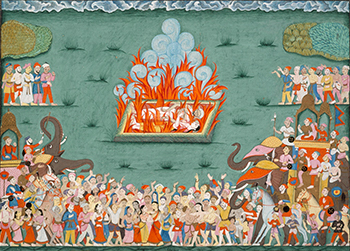The blatant oppression of women and their rights throughout history is no surprise and is very apparent from looking into events that have taken place ever since history has been documented. Women were thought to only be a man’s possession with no ground of their own to stand on. Their voices were rarely given any importance, and they were mere belongings to men. This injustice towards women varied to different degrees in different parts of the world, but one of the most extreme and crude acts was sati.
Sati is derived from the Sanskrit word ‘Asti’ which means ‘she is pure or true’. Originally, it was described as the act of a woman sacrificing herself after her husband’s death. It started off as a courageous action voluntarily taken by devoted wives, but it soon became forceful duty women had to carry out.
Widowed women were considered a burden and to have no contribution to society. So once the tradition of sati started to settle in, women who did not want to carry it out were forced to because they were deemed useless without their husbands. The woman would have to sit or lie down beside her husband’s dead body in his funeral pyre and be burned alive. Some say women would jump into the lit pyre or get in beforehand and light it themselves. Some places, the woman would take poison or drugs so she was already dead or unconscious when being burned, and these were considered the less torturous ways. Although rules of sati stated that women who were pregnant, menstruating or had a very young child could not carry out this ritual.
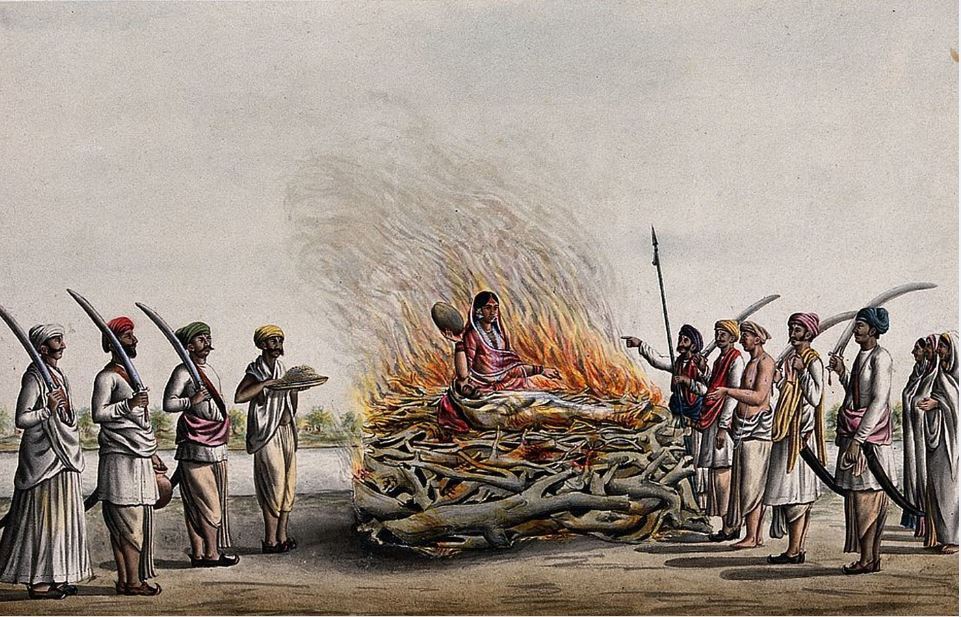
Execution of this act was first recorded in between 320 and 550 CE, first in Nepal in 464 CE and later in Madhya Pradesh in 510 CE. It eventually spread to Rajasthan, which then became the place where most of the cases were recorded.
At first, sati was only carried out in royal families, but as time went by, it became common with people in all social ranks. This practice was done the most between the 15th and 18th centuries, with as many as 1000 widows reported to be burned every year in India and Nepal. But several cases were found in places like Russia, Fiji and Vietnam.
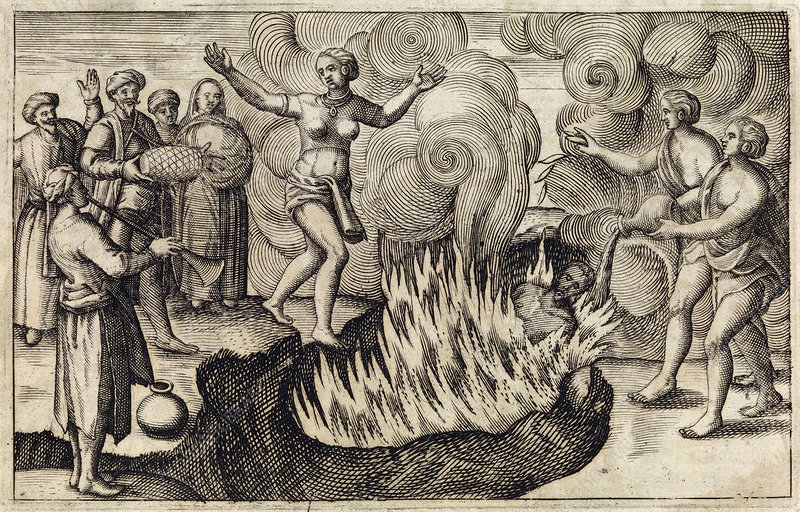
Jauhar was another version of sati, performed by Rajputs of Rajasthan and Madhya Pradesh. This was essentially mass suicide committed by widows of the royal families who wanted to take their own lives than bear being captured, raped and tortured by soldiers who had defeated their husbands in wars. This practice was most popular in the 14th and 15th century, during the wars between Hindus and Muslims in Northwest India.
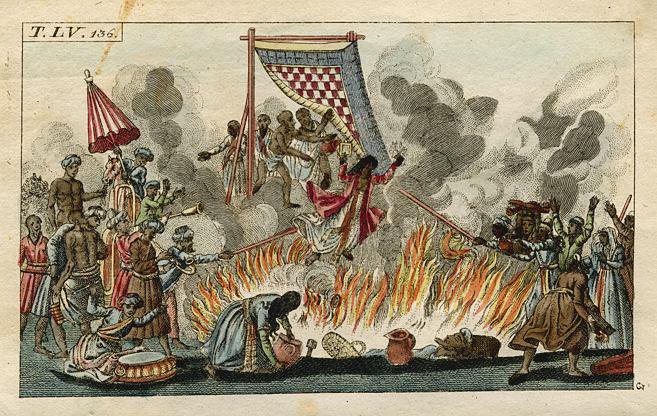
Sati was said to have attempted to stop many times during the 15th to 18th centuries. Mughal Emperor, Akbar, outlawed sati, Aurangzeb following suit later on. The Portuguese, British and French tried to stop sati as well while they were in India during the European colonial period. In 1850, the British made strict rules against sati, which included hanging any Hindu priest who would assist the practice.
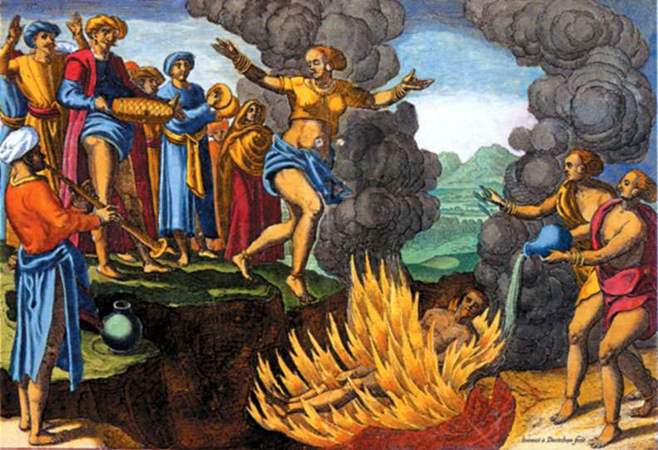
Due to these rules and regulations in place, the act of sati simmered down significantly until a case was reported in 1987 of an 18-year-old girl being forced to die with her late husband of eight months. The incident took place in Deorala, Rajasthan. The girl refused to partake in the ritual and was then drugged and sacrificed. Because of this, the government passed the Prevention of Sati Act, which made it illegal to force a woman to commit sati and anyone who would try to would be punished with death.
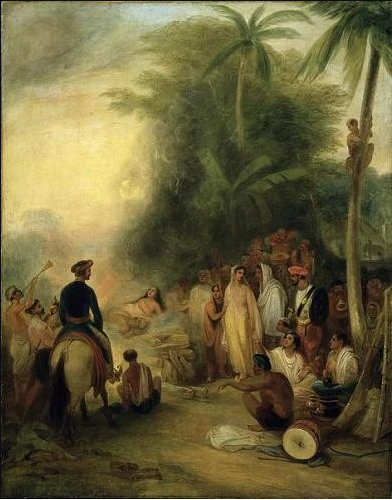
But since then, four cases of women performing sati have been revealed between 2000 and 2015. This shows that even though we’ve come so far ahead as civilized people with open-minded thoughts, there are still people out there who think committing such heinous acts are justified and okay.

